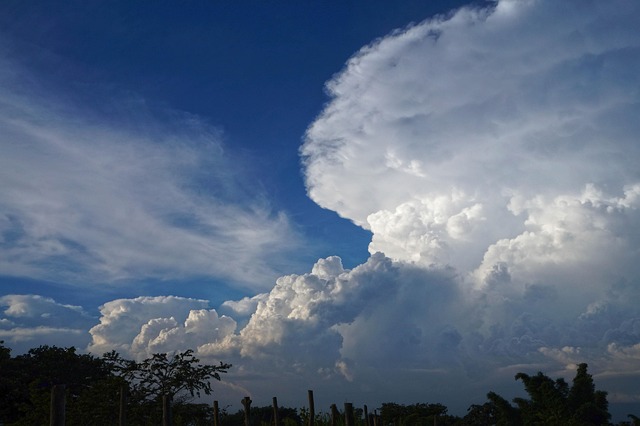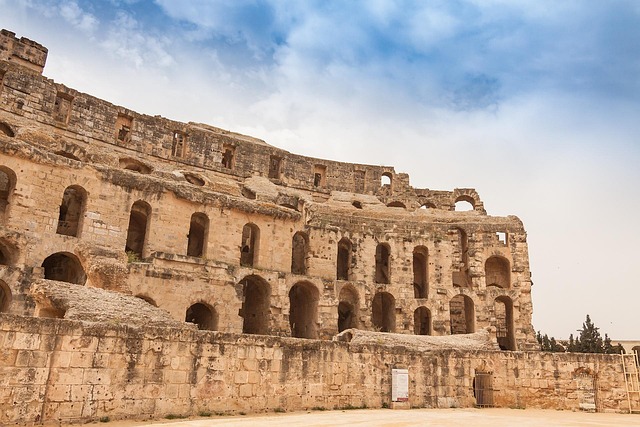Urban planning's shift towards family-oriented parks boosts real estate demand, with recreational amenities driving property values and attracting buyers. Developers integrate green spaces into residential projects, and real estate agents highlight nearby parks as key selling points. This trend fosters community engagement, social cohesion, and revitalizes neighborhoods, making family parks essential drivers in urban development and desirable living environments.
Family parks and recreation programs are experiencing a significant surge, transforming urban landscapes. This growing trend reflects a broader societal shift towards outdoor engagement and community building. With an emphasis on family-oriented spaces, these developments have profound implications for real estate markets. The expansion of outdoor areas offers residents improved quality of life, while park programs foster community connections. In light of these changes, real estate professionals must adapt to meet the evolving needs of families seeking vibrant, accessible communities.
Growing Trend: Family-Oriented Parks and Recreation

In recent years, there’s been a notable shift in urban planning and community development with a growing trend towards family-oriented parks and recreation programs. This evolving landscape reflects a broader societal focus on fostering strong, connected communities, especially among families. Real estate experts are taking notice, as these developments significantly impact the market by increasing demand for homes located near such amenities.
With more families seeking active lifestyles and quality time together, parks that offer diverse recreational opportunities become central to community life. From playgrounds and walking trails to community gardens and sports facilities, these family-centric spaces not only promote physical activity but also provide a sense of belonging and social interaction. As a result, real estate values in areas boasting well-maintained parks and recreation centers tend to rise, attracting families and investors alike.
Real Estate Impact: Expansion of Outdoor Spaces

The expanding family parks and recreation programs are having a notable impact on the real estate landscape. As communities prioritize open spaces and outdoor activities, developers and urban planners are responding by incorporating more green areas into residential projects. This trend is evident in the development of mixed-use communities that blend housing with ample park space, walking trails, and recreational facilities. These multi-purpose spaces not only enhance the quality of life for residents but also increase property values, making them attractive to potential homebuyers.
The real estate market is reflecting this shift, with parks and recreation amenities becoming selling points for modern homes. Real estate agents often highlight nearby parks as key features in their listings, recognizing that families are increasingly seeking neighborhoods that offer easy access to outdoor activities. This demand has led to innovative urban design solutions, such as rooftop gardens, vertical green spaces, and shared community gardens, further blurring the lines between residential areas and public recreational grounds.
Community Engagement through Park Programs

Family parks and recreation programs are becoming essential components of community engagement, especially in urban areas where real estate is scarce. These green spaces offer more than just a place to relax; they serve as hubs for fostering connections and building stronger neighborhoods. Local governments and community organizations are recognizing the potential of these parks to bring people together, promoting social cohesion and a sense of belonging.
Through organized programs and events, parks become vibrant centers where residents of all ages can participate in activities that cater to their interests and needs. From sports leagues and nature walks to educational workshops and cultural festivals, these initiatives encourage active lifestyles, enhance mental well-being, and create lasting memories. As a result, communities are not only revitalized but also benefit from improved real estate values and increased property taxes due to the enhanced desirability of areas with well-maintained parks and engaging recreational programs.






